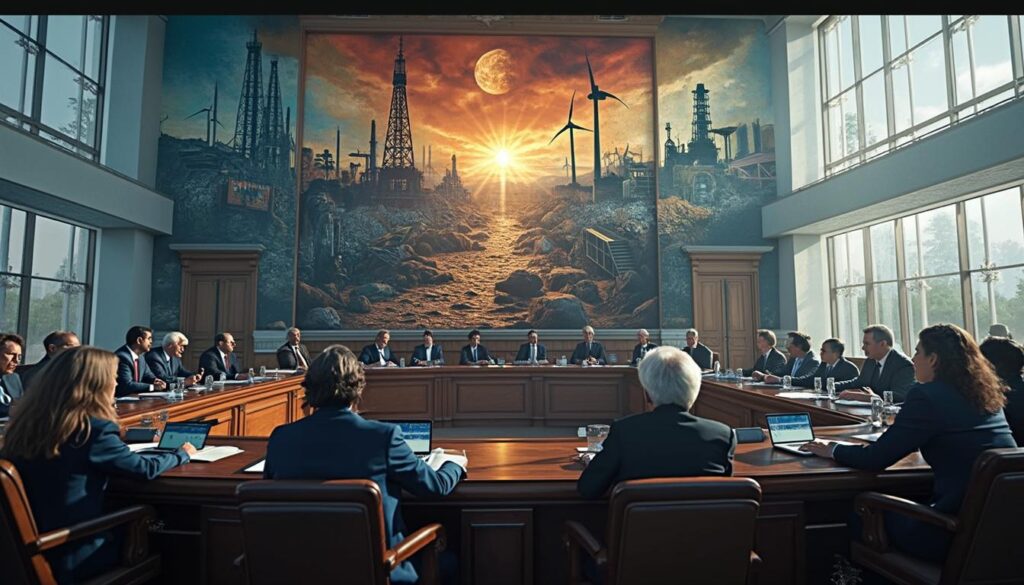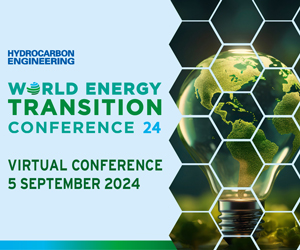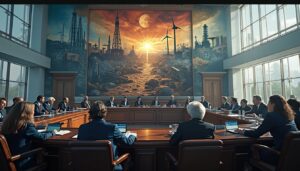Renewable energies are redefining our energy future.At the forefront of this revolution are innovations in the field of wind energy.Each new advancement brings us closer to a more sustainable world.
Optimized production planning solutions enable teams to master their processes and increase efficiency. Through condition-based maintenance, potential incidents are detected and prevented, thereby reducing costs and downtime. The collaboration between Ecolab and Siemens intensifies efforts for industrial decarbonization, making operations more efficient and environmentally friendly. Digital twins and artificial intelligence are revolutionizing the management of electrical networks, ensuring better resilience against climate challenges. Moreover, battery energy storage projects and wave farms illustrate the diversity and breadth of ongoing initiatives. Optimizing infrastructure and modernizing networks are essential to support the growth of renewable energies. By integrating these technologies, we are laying the groundwork for a stable and planet-friendly energy future.
The collaboration between Reactive Technologies and Siemens
In a world where the energy transition is more crucial than ever, the collaboration between Reactive Technologies and Siemens marks a significant milestone. This strategic alliance aims to integrate a sophisticated network planning platform, combining Siemens’ technical expertise with the agile innovation of Reactive Technologies. Together, they aspire to revolutionize the management of energy infrastructures, making networks more resilient and efficient.
The synergy between these two companies is based on a common goal: to optimize the production and distribution of renewable energy. Siemens, a global leader in industrial solutions, brings its expertise in production planning software, while Reactive Technologies contributes its expertise in developing advanced digital platforms. This merger creates an integrated solution capable of meeting the complex needs of the modern energy sector.
Thanks to this collaboration, teams can now produce optimized and realistic plans and schedules, while maintaining greater control over their production. This integration also facilitates the increase in delivery times, a crucial advantage in a sector where speed and accuracy are essential.
Why integrate a network planning platform?
Integrating a network planning platform represents a major challenge for companies operating in the field of renewable energies. By allowing better coordination among different stakeholders, this platform ensures more efficient resource management and optimization of production processes.
With the rise of renewable energies transforming the American West, having powerful tools to plan and manage energy infrastructures has become essential. The integrated platform from Reactive Technologies and Siemens precisely addresses this need, offering enhanced visibility of operations and facilitating strategic decision-making.
Moreover, this integration allows for a reduction in operational costs by optimizing resource use and minimizing downtime. For instance, Siemens’ condition-based maintenance solution, integrated into the platform, allows for the detection and prevention of potential incidents, thus reducing maintenance costs and increasing the performance of industrial sites by up to 10%.
Benefits of the integrated solution for the energy industry
The adoption of the joint planning platform by Reactive Technologies and Siemens offers multiple advantages to players in the energy industry. Among these advantages, operational optimization is paramount. By integrating critical systems and data, teams can develop more accurate and realistic production plans, adapted to market fluctuations and the specific needs of each project.
Another major advantage lies in improving network performance. Centralized management of network services through tools like Sinec INS allows for better coordination and increased responsiveness to unforeseen events. This results in increased delivery times and reduced service interruptions, thus ensuring operational continuity essential for companies.
The integration of advanced technologies such as AI in the management of electrical networks, as demonstrated by Siemens’ EnergyIP DEMS, also enables predictive analytics and proactive management of microgrids. This not only improves energy efficiency but also helps in reducing carbon emissions, thereby aligning industrial practices with sustainable development goals.
Use cases and concrete examples
A concrete example of the effectiveness of this collaboration is the Boom Power project, which obtained planning approval for a battery energy storage system of 300MW/660MWh. This project perfectly illustrates how the integrated platform allows for the planning and management of large-scale energy infrastructures with enhanced precision and efficiency.
Furthermore, the integration of Siemens’ digital twins solutions with the Reactive Technologies platform has enabled Ecolab to provide in-depth analyses for the decarbonization of industrial enterprises. By combining these technologies, companies can not only optimize their operations but also take concrete steps to reduce their ecological footprint.
Another relevant case is that of REDEX, an industrial equipment manufacturer specializing in the finishing of metal strips and wires. Thanks to its strategic partnership with Siemens, REDEX has enhanced the performance of its essential equipment, thus demonstrating the effectiveness of the integrated platform in an industrial context.
Impact on the energy transition and renewable energies
The collaboration between Reactive Technologies and Siemens plays a crucial role in the energy transition. By facilitating the integration and management of energy infrastructures, this platform helps accelerate the adoption of renewable energies, which are essential for a sustainable future.
Planning and management solutions for networks allow for better integration of renewable energy sources, such as wind and solar, into the existing electrical grid. This not only increases the share of renewable energies in the energy mix but also improves the stability and reliability of the grid. For example, the use of Sitrans MS200 wireless multisensors, the hardware basis of the condition-based maintenance system, enables real-time monitoring of infrastructures, thus ensuring optimal performance and reducing incident risks.
On the other hand, this platform promotes the decentralization of energy production through microgrids, allowing local communities to produce and manage their own energy autonomously and efficiently. This is particularly relevant in the context of growing energy needs at low prices and quickly, where solar and wind solutions provide viable and sustainable alternatives.
Future perspectives and expected innovations
In the future, the integrated planning platform by Reactive Technologies and Siemens promises to incorporate even more technological innovations. The introduction of advanced AI and machine learning in planning algorithms will enable even more accurate predictions and continuous optimization of energy operations.
Technological innovations
Future versions of the platform will include advanced engineering simulation features, such as HEEDS AI Simulation Predictor and Simcenter Reduced Order Modeling, offering improved modeling and predictive capabilities. These tools will allow for simulating various energy scenarios, thus helping companies anticipate future needs and plan accordingly.
Geographical expansion
The collaboration also aims for geographical expansion, with ongoing projects in several regions around the world. For instance, the climate and clean energy bill of Massachusetts is already benefiting from the integrated solutions, facilitating the establishment of sustainable and resilient energy infrastructures.
Additionally, innovative projects like the wave farm demonstrate the potential of marine energies in diversifying energy sources, with the integrated platform playing a key role in the planning and management of these new installations.
Finally, the collaboration between Reactive Technologies and Siemens paves the way for smarter and more sustainable management of energy networks, integrating advanced energy storage solutions and promoting the use of digital twins for proactive monitoring and predictive maintenance.
Articles similaires
Thank you!
We will contact you soon.














